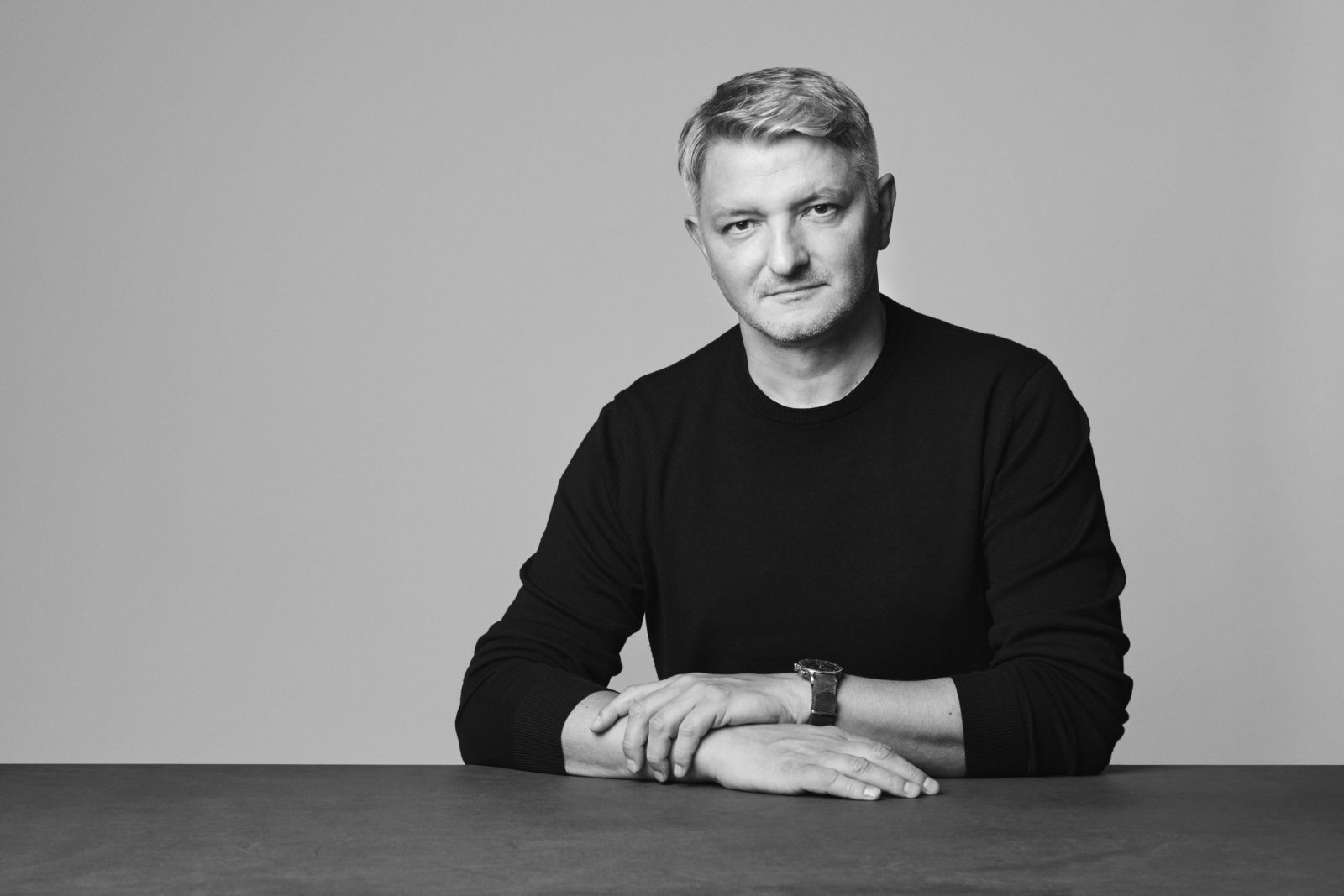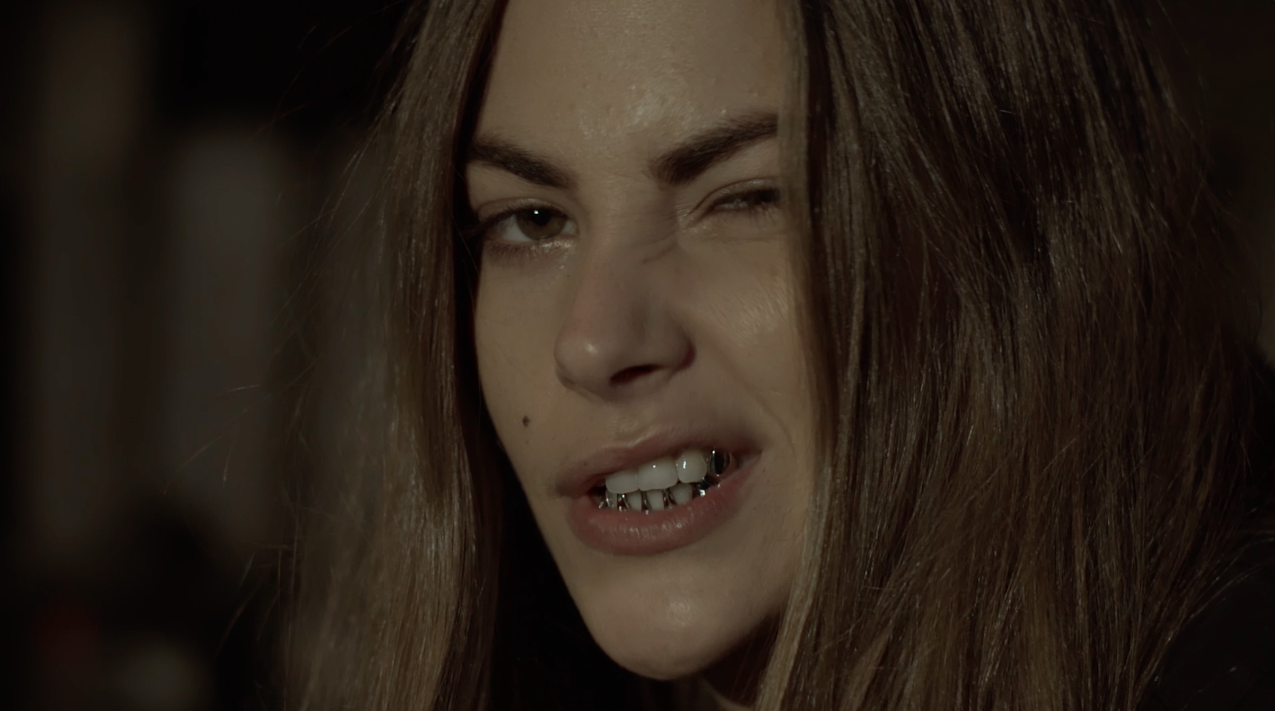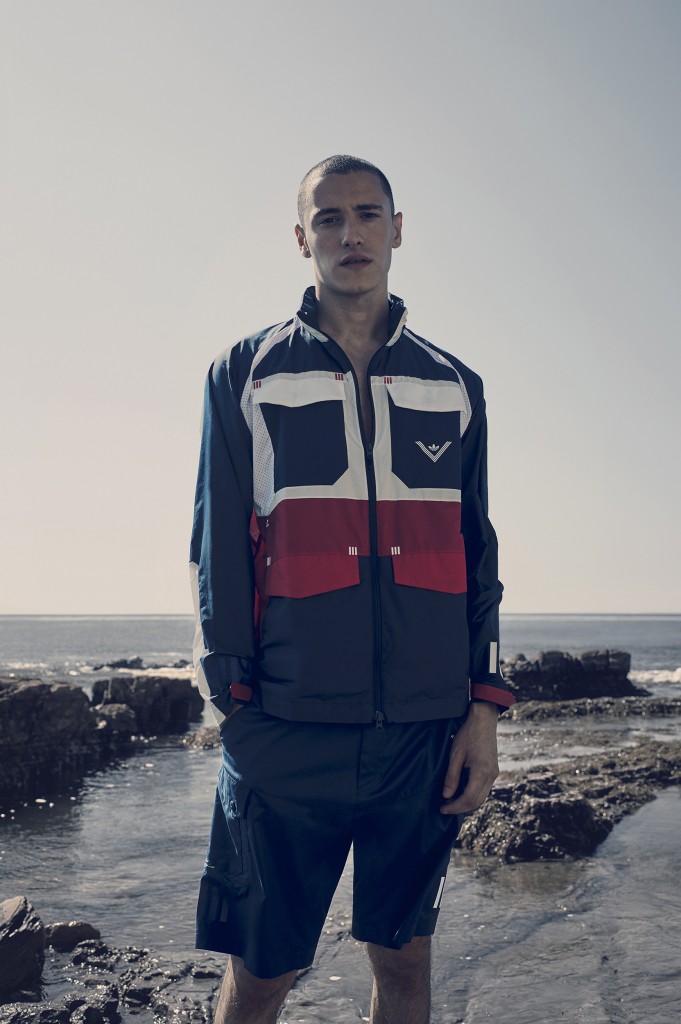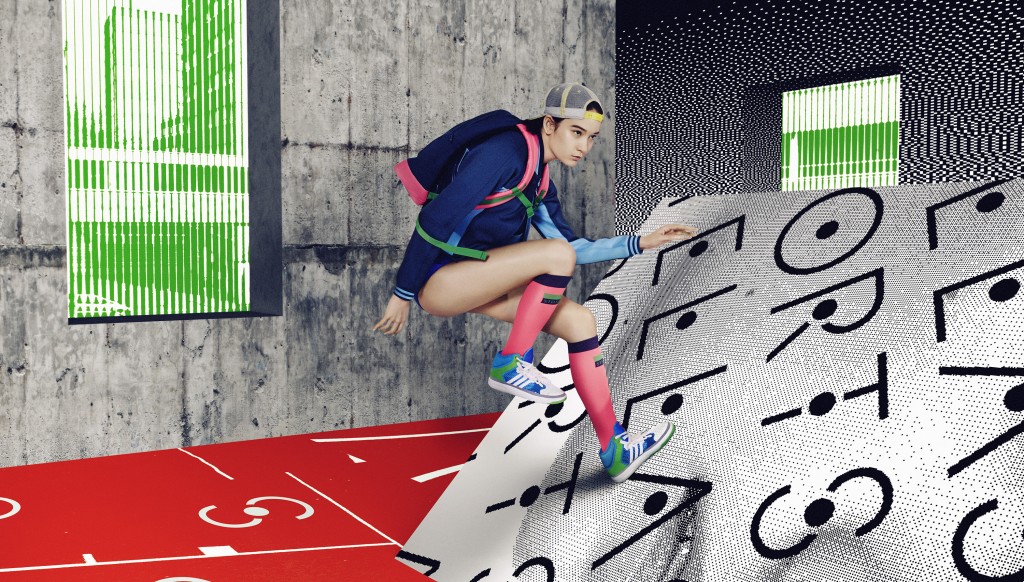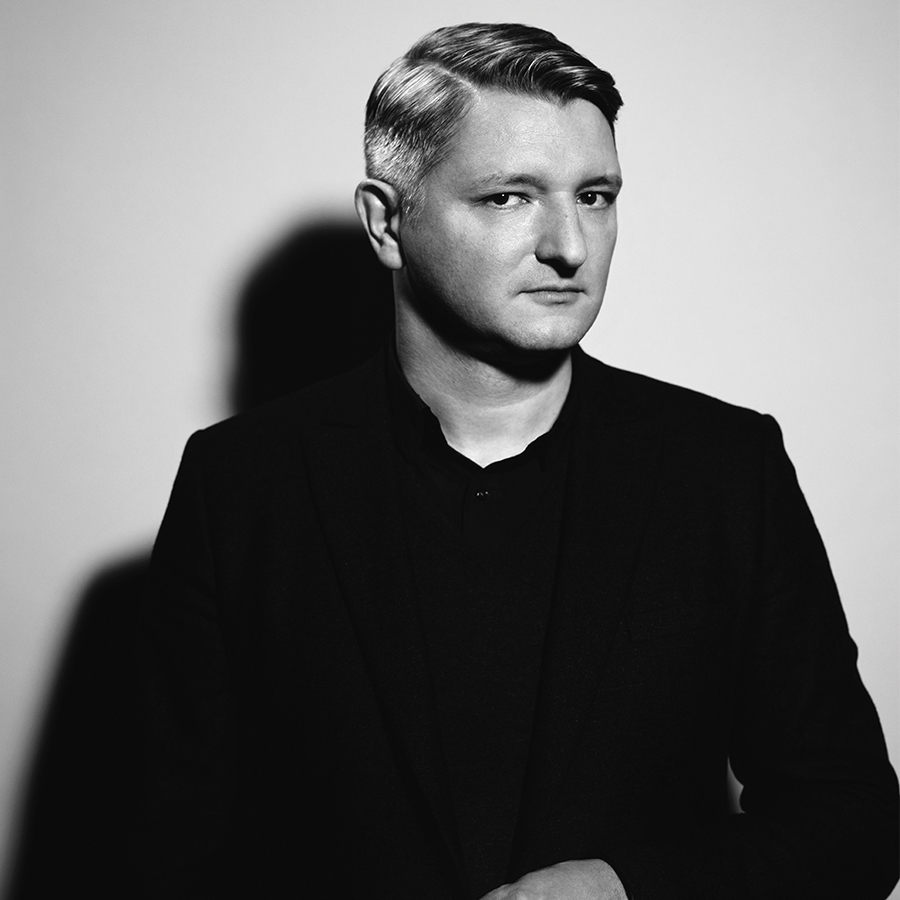
DIRK SCHÖNBERGER ON INNOVATION
By Crash redaction
DIRK SCHÖNBERGER INTERVIEW ON INNOVATION: HE STUDIED AT ESMOD IN MUNICH BEFORE WORKING WITH DIRK BIKKENBERG. AFTER NEARLY TEN YEARS OF DESIGNING FOR HIS OWN BRAND, HE BECAME ARTISTIC DIRECTOR FOR JOOP IN 2007, THEN JOINED ADIDAS IN 2010. DIRK SCHÖNBERGER TALKS ABOUT THE MYTHIC BRAND’S PRODUCT LINES, HIS TENDERNESS FOR HIS NATIVE GERMANY, AND CONSTANT QUEST FOR INNOVATION.
Image above: Dirk Schönberger by Andreas Muehe
Where are you based?
I live in Berlin, but mostly just on the weekends since I work out in the country in Herzogenaurach, where the Adidas headquarters is located. I’m German, so I wanted to go back home after years of working and living in Belgium. I missed my language, I missed Berlin.
How did you begin working in fashion?
I studied pattern-making and drawing in Germany. It was very interesting because I like the technical side of clothes. Then I moved to Antwerp. Actually, I wanted to go back to Germany even then to start my own menswear brand; but it wasn’t meant to be, since, at that time, Germany wasn’t ready to look at designers. So I found a company and that’s how it started.
Did you only make menswear?
I did womenswear for a while, but I started with menswear, which is trickier. It’s more challenging, and I like challenges.
You’re not only working on Adidas SLVR, right?
I’m working for SLVR, Y-3, Adidas Originals, and Porsche Design, which is a brand license. Although, for Y-3, I’m only there to give my input on the sportswear side. I represent Adidas but Yohji Yamamoto is the leading man in this collaboration.
Why did Adidas start the SLVR line when they already had stylish sportswear lines, like Y-3 and Jeremy Scott’s clothes and accessories?
I think it was important for Adidas to have its very own fashion line without any collaboration. I arrived a year ago, so the winter collection was the first one I worked on. Things went by really quickly, but I changed everything that was there. I wanted to introduce more tailoring in sportswear; whereas before it was basically just another one-dimensional sportswear line.
So it’s more your own style.
Yes, it’s minimal and pure, but aimed at a wider range of people. It’s not a high-end designer line. We do everything for everyone: there’s a men’s collection, a women’s collection, and accessories. This summer we’re also launching a swimwear collection. I didn’t want to go into something that looked like another mass-market sportswear collection, but rather something much more European in the tailoring and fabrics.
Are these clothes you can wear on a daily basis? Can you wear them to work, for example?
You can wear them in your daily life; to work, I don’t know… maybe some pieces. As I said before, we introduced tailoring; for example, with the pre-collection we did tuxedos with sportswear details. What was important for the brand was to develop the womenswear side. The Y-3 line has some great products, and Adidas Originals did, too, but there was still a big gap. I wanted something feminine but not girly, more of a grown-up woman’s look.
There is also a new Adidas line.
Yes it’s called Neo. It’s aimed at a younger market than the Originals line, and the distribution is completely different. We want something similar to H&M, for example. We still want it to be technical, but it’s important to have a clear perspective with this kind of brand. When it’s released in Europe it will appear in 10 stand-alone stores. The idea is to grow up with Adidas: you begin with Neo, then Originals, and then SLVR.
What was the idea behind the Adidas SLVR summer 2012 collection?
The original idea for the collection was fencing. The first season was a lot darker and more tailored; for summer I wanted something lighter, closer to sportswear but at the same time very elegant, because fencing is elegant. Along with the more elaborate pieces there are items that are easier to wear, and it’s important to see them next to each other because it shows you how you can mix them.
Where is Adidas SLVR distributed?
It’s a mix. We’re present in high-end department stores like Galeries Lafayettes, but we also sell to boutiques that sell designer clothes.
The fabrics are really great; how do you choose them?
I used to go to salons like Première Vision, but I don’t really have the time now. When I think about a collection I already know what fabrics I want to use. Once I start drawing more ideas start to come together. I love fabrics so I know what to use, what will work and what won’t. And when we can’t find a fabric, we make it.
Do you have any ideas for the future of the line?
What would you like to do? I already design women’s shoes with feminine lines, like wedges, but I would like to make a real high-heeled shoe. It’s not easy to combine a heel with a sporty line… it’s a real challenge. I really like working on women’s shoes, mixing a delicate element with something heavier, or a sneaker, etc.
There is a technical aspect that is present in your work for Adidas SLVR.
Yes, we want to introduce a technical aspect in the more fashionable lines. Adidas is very good with that, so I was like a kid in a candy store when I first arrived here. The technical team always sketches everything and then creates the products on computers.
Did you also supervise the Y-3 collection?
Yes, I did. I didn’t know Yohji before working with Adidas, but I think he’s one of the reasons people of my generation wanted to work in fashion. His influence is very strong.
Interview from Crash #57






